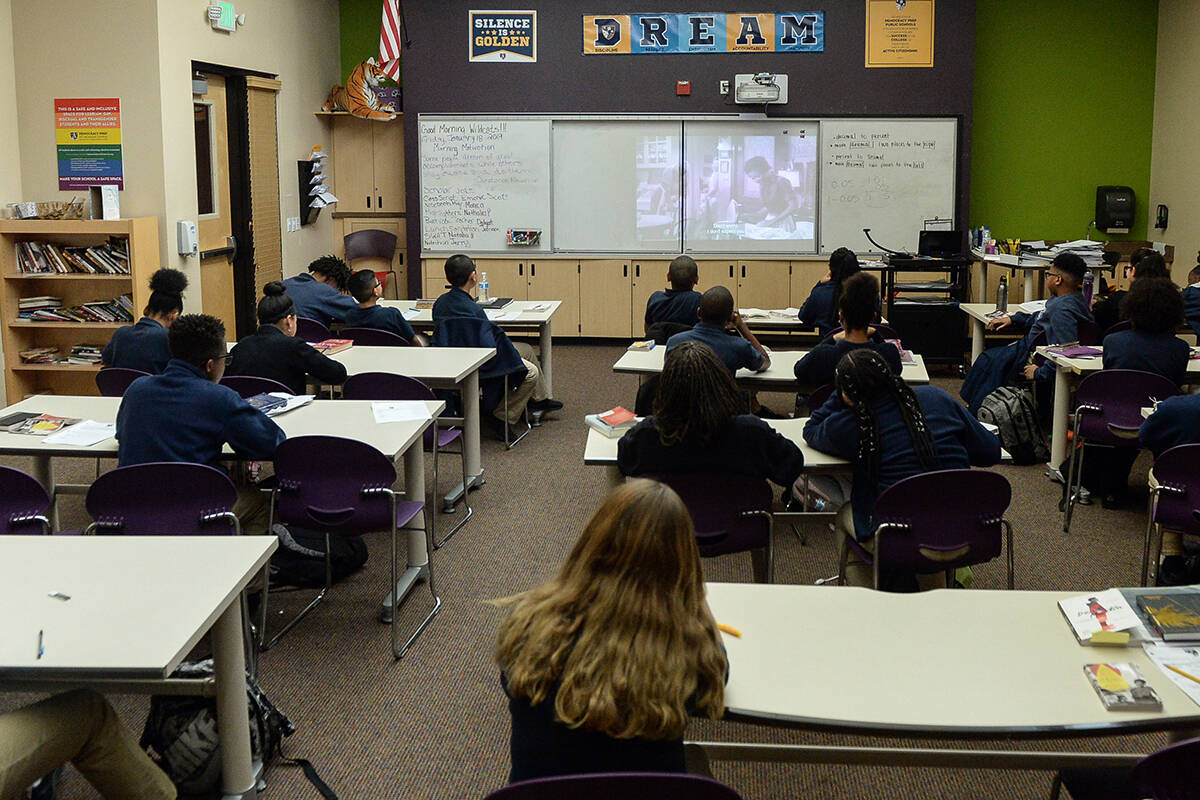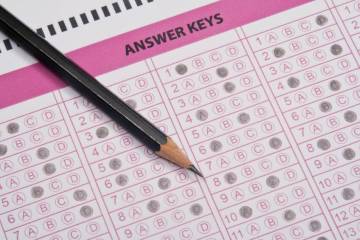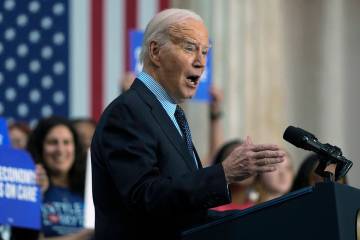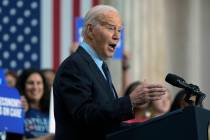EDITORIAL: 39% of Illinois’ education spending goes to pensions
Illinois provides a case study for why Nevada’s elected officials should pursue pension reform sooner rather than later.
The Illinois Policy Institute published some shocking research last month on the state’s education system. For every dollar the state government spends on education, 39 cents goes toward pensions. In 2000, just 12 percent went to pensions. In 2000, spending on teacher pensions was $640 million. Today, it’s $5.8 billion. That’s a ninefold increase.
Non-pension spending increased too but at a much slower rate. It didn’t even double.
Every dollar that goes toward pensions is a dollar that doesn’t go toward hiring teachers or lowering taxes. Most teachers, presumably, would prefer to see that money in their regular paycheck, too. Further compounding the problem is that significant portions of these payments are paying off previously incurred debts. The current students have less because previous generations didn’t set aside enough money to pay for their promises.
Nevada’s pension situation isn’t as bad as Illinois, which is perhaps the country’s leading fiscal basketcase and is the poster child for what happens when public employee unions have the key to the public fisc. But that doesn’t mean everything is rosy in the Silver State.
Nevada’s Public Employees’ Retirement System invests employer and employee (read: taxpayer) contributions. In theory, those contributions plus investment returns are supposed to provide enough funding to pay for promised pension payouts. In reality, they haven’t kept up.
To pay off that debt or unfunded liability, pension contributions have skyrocketed. In 2007, the contribution rate for a regular employee was 19.75 percent. Today, it’s 29.75 percent. The contribution rate for police and fire employees went from 32 percent to 44 percent.
These higher rates mean less money for Nevada’s teachers and classrooms today. Because more education spending has done little to improve performance, adequately funding pensions in the past could have meant lower taxes today.
In a presentation to the Legislature this year, PERS put its unfunded liability at $11.4 billion as of June 2020. That means the system was around 76 percent funded. The good news is that Nevada PERS’ investments did very well last year. Its overall return was an enormous 27.3 percent.
The PERS Board recently lowered its assumed yearly rate of return to 7.25 percent — a wise and prudent move. It had been at 7.5 percent and before that at 8 percent. Board members say the current funding level under the new assumptions won’t be available until November.
As what’s happening in Illinois shows, Nevada lawmakers need to enact a pension system that doesn’t punish future taxpayers for past financial mismanagement.






















